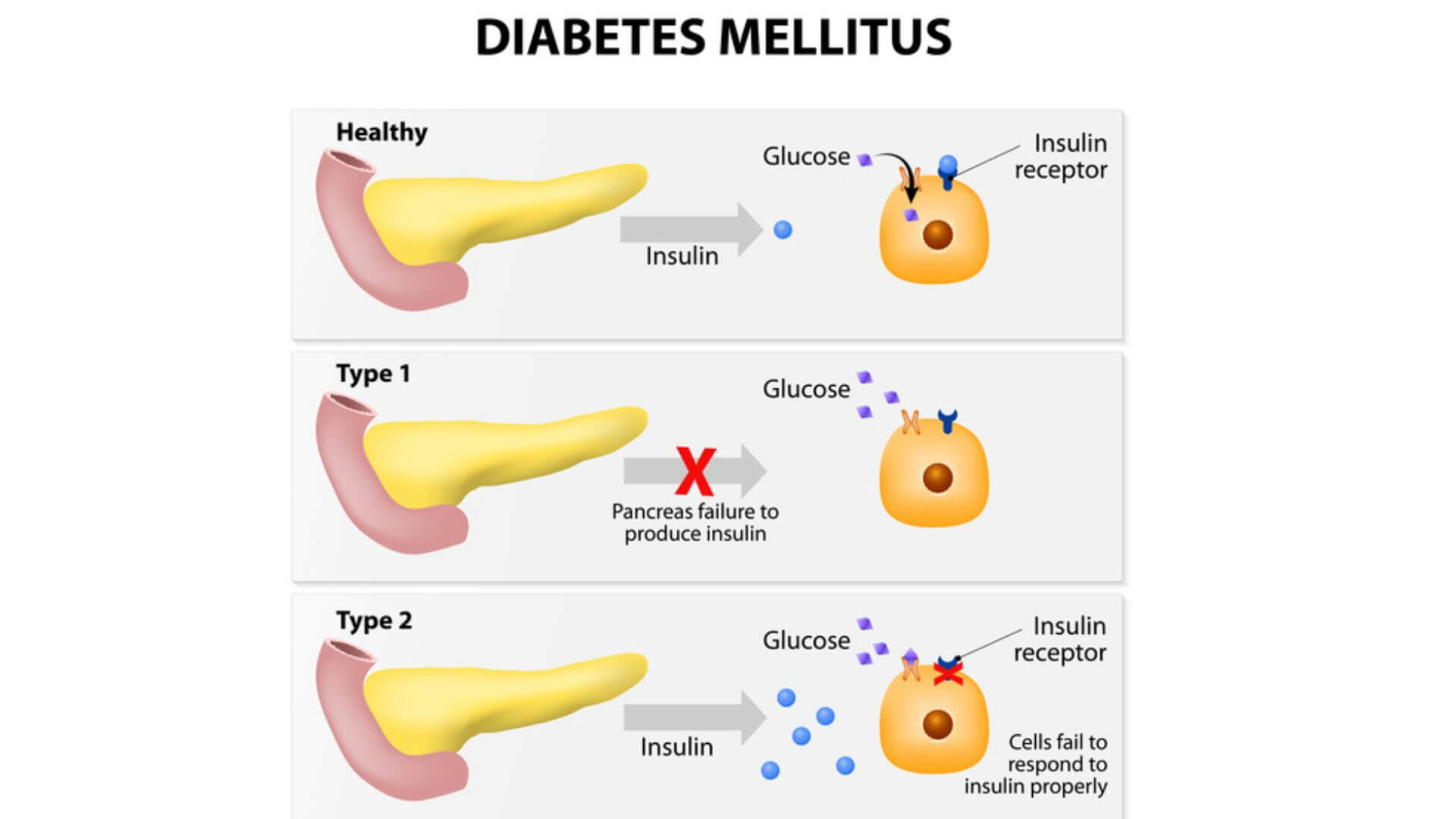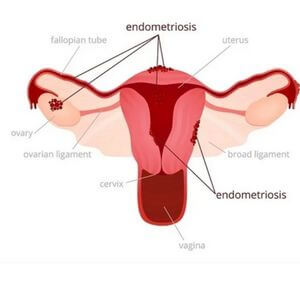By Dr Aman Aditya Pandey ,on through the facts, the questions, and the answers to help you better understand this condition.
A migraine is a headache that can cause severe throbbing pain or a pulsing sensation, usually on one side of the head. It’s often accompanied by nausea, vomiting, and extreme sensitivity to light and sound. Migraine attacks can last for hours to days, and the pain can be so bad that it interferes with your daily activities.
For some people, a warning symptom known as an aura occurs before or with the headache. An aura can include visual disturbances, such as flashes of light or blind spots, or other disturbances, such as tingling on one side of the face or in an arm or leg and difficulty speaking.
Medications can help prevent some migraines and make them less painful. The right medicines, combined with self-help remedies and lifestyle changes, might help.
Symptoms
Migraines, which affect children and teenagers as well as adults, can progress through four stages: prodrome, aura, attack and post-drome. Not everyone who has migraines goes through all stages.
Prodrome
One or two days before a migraine, you might notice subtle changes that warn of an upcoming migraine, including:
Constipation.
Mood changes, from depression to euphoria.
Food cravings.
Neck stiffness.
Increased urination.
Fluid retention.
Frequent yawning.
Aura
For some people, an aura might occur before or during migraines. Auras are reversible symptoms of the nervous system. They’re usually visual but can also include other disturbances. Each symptom usually begins gradually, builds up over several minutes and can last up to 60 minutes.
Examples of migraine auras include:
Visual phenomena, such as seeing various shapes, bright spots or flashes of light.
Vision loss.
Pins and needles sensations in an arm or leg.
Weakness or numbness in the face or one side of the body.
Difficulty speaking.
Attack
A migraine usually lasts from 4 to 72 hours if untreated. How often migraines occur varies from person to person. Migraines might occur rarely or strike several times a month.
During a migraine, you might have:
Pain usually on one side of your head, but often on both sides.
Pain that throbs or pulses.
Sensitivity to light, sound, and sometimes smell and touch.
Nausea and vomiting.
Post-drome
After a migraine attack, you might feel drained, confused and washed out for up to a day. Some people report feeling elated. Sudden head movement might bring on the pain again briefly.
When to see a doctor
Migraines are often undiagnosed and untreated. If you regularly have signs and symptoms of migraine, keep a record of your attacks and how you treated them. Then make an appointment with your health care provider to discuss your headaches.
Even if you have a history of headaches, see your health care provider if the pattern changes or your headaches suddenly feel different.
See your health care provider immediately or go to the emergency room if you have any of the following signs and symptoms, which could indicate a more serious medical problem:
An abrupt, severe headache like a thunderclap.
Headache with fever, stiff neck, confusion, seizures, double vision, numbness or weakness in any part of the body, which could be a sign of a stroke.
Headache after a head injury.
A chronic headache that is worse after coughing, exertion, straining or a sudden movement.
New headache pain after age 50.














